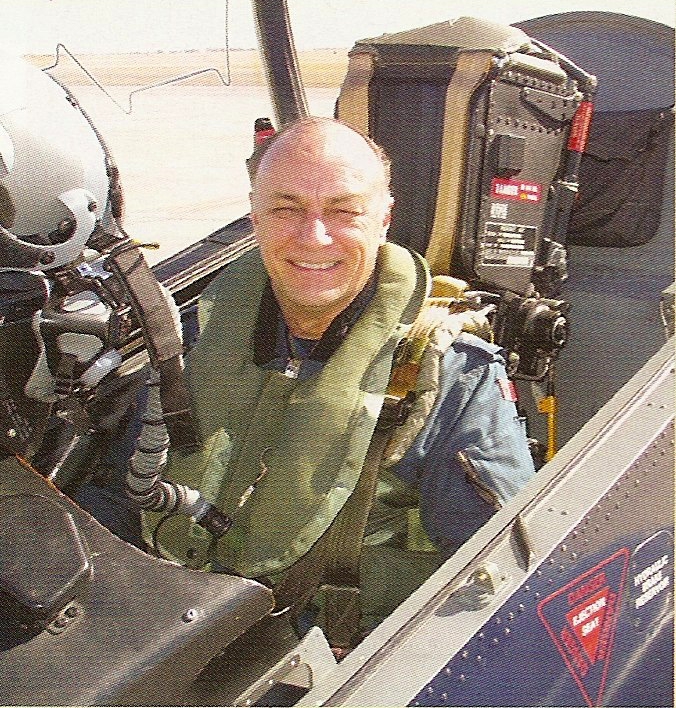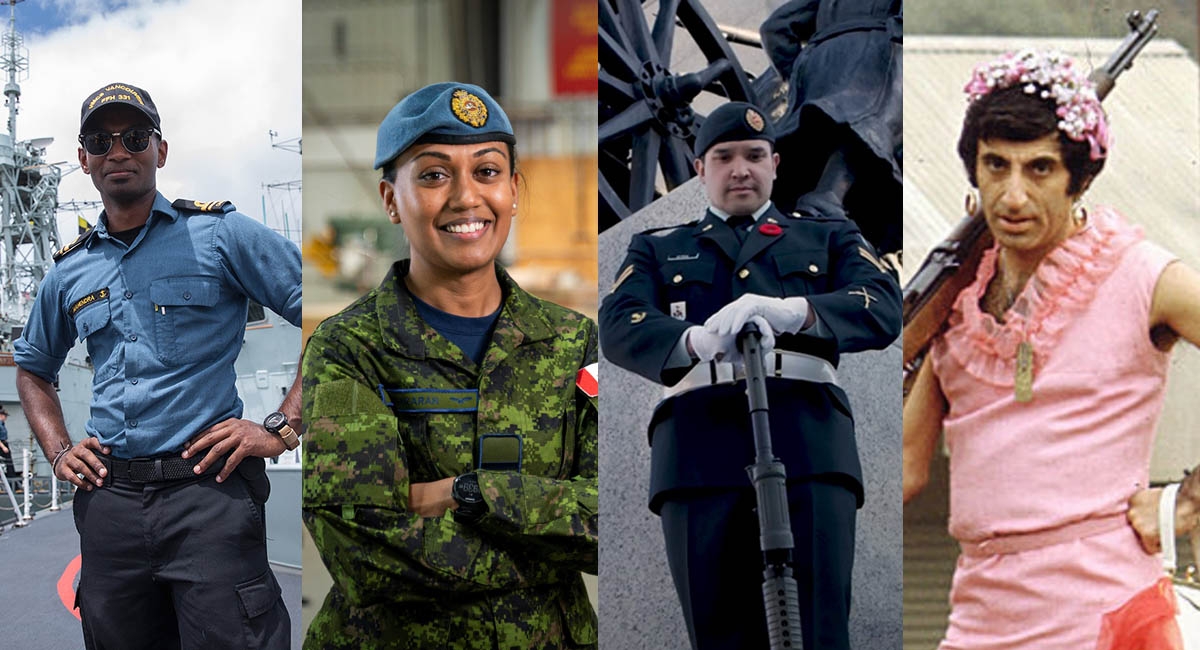
Part 2: Gen. Ray Henault: Focus of Canada’s Defence is Shifting
Above: General Ray Henault in the cockpit, April 2004
In this three-part series on the state of Canada's military preparedness, Ottawa Life's top writers examine Canada's peacekeeping deployments around the world, capacity and equipment challenges, and pressing infrastructure replacement needs.
Here is Part 2 of an interview with Gen. Ray Henault, chief of the defence staff, Department of National Defence and Canadian Forces. Ottawa Life Magazine publisher Dan Donovan met with Gen. Henault at DND headquarters on August 26.
Dan Donovan: What do you think the key priorities of the department should be when purchasing new equipment? Should the lowest bid rule change to take into account other issues?
Gen. Ray Henault: My prime objective is to get the best capability that I can to satisfy the operational requirement. We set out an operational requirement, which is designed, developed and formalized through a very deliberate process. That operational requirement is the key to the overall success of the project and that's something we will continue to stand behind because of the importance of what it provides to us from a capability point of view in the execution of a project. The procurement part of the process is a (Public Works and Government Services Canada) responsibility. Along with our ADM Materiel people and the project management offices, PWGSC ultimately provides to us the product that we've decided upon.
My view as a CDS is the satisfaction of the operational requirement. So far, the projects that we've undertaken— those that I've been involved with — have done exactly that. For example, the Cormorant search-and-rescue helicopter was the best aircraft to satisfy the operational requirement that was set out.
DD: There are those who are saying, in terms of efficiencies on the procurement side, that we should simply add our order to the U.S. production line to make our parts interchangeable with those in the American military. Do you think the Canadian Forces should integrate more with the U.S. line?
RH: Oftentimes, our requirements are very rigorous. The Maritime helicopter had a robust requirement. This is a function of the multipurpose capabilities that we demand of these aircraft. Other militaries sometimes have different systems to satisfy specific or unique requirements (in the same aircraft). Some helicopters in the US Navy, for example, are dedicated to ship-to-shore transfer or cargo-carrying or surveillance or anti-surface or anti-submarine warfare. Our requirements are that much more rigorous, because we try to satisfy many operational requirements with one platform. We've done that with the CF-18, which is a multi-role aircraft. It provides an air-to-ground and air-to-air capability. The Maritime patrol aircraft are Auroras dedicated to surface surveillance as well as anti-submarine warfare. Our tactical Griffin helicopters provide support to the land forces, but they also have a secondary search-and-rescue role. The Maritime helicopter will have to operate off the back of our frigates and destroyers, doing surface and subsurface warfare, surveillance, search and rescue, ship-to-shore transfer — the full range of capabilities that are required of a fleet of helicopters in other military organizations.
When you do that, your fleet becomes one in which the interchangeability of parts is there when it comes to the overall airframe or engines or rotor systems, but by and large, it means that it isn't totally interchangeable. So it's very difficult to assume that you can benefit from a scale of purchase in the way that other militaries have been able to do. We were able to do that with NATO, because in that context, we have a standardization process that allows us to ensure we have NATO-standard products in a number of areas. Our F-18s, for example, are very similar to the US Navy F-18. Although some of the mission systems are not entirely the same or compatible, they are very interoperable. The basic elements of the aircraft engines, wings, radios and weapons systems are interchangeable, and so we gain from that perspective.
DD: Was the purchase of four diesel-electric Upholder submarines from Britain for $750 million a good purchase?
(Editor's Note: Extensive repairs to the four rusty and leaky subs have escalated their cost to $900 million — and counting.)
RH: Absolutely. That was a very wise purchase, in my view, and we got very good value for money with those submarines. Three of the four submarines have been delivered to Canada. One is on the West Coast — the HMCS Victoria. Two others are in Halifax. The last one, the HMCS Chicoutimi, will be delivered to Canada within the next couple of months. We are now doing training on the East Coast with the HMCS Windsor. We can train at the moment, but the full-up operational capability will not occur until 2005 or 2006. I'm really quite impressed with those submarines.
DD: Have you been in one?
RH: Yes I have. I've been in a couple of them, actually.












